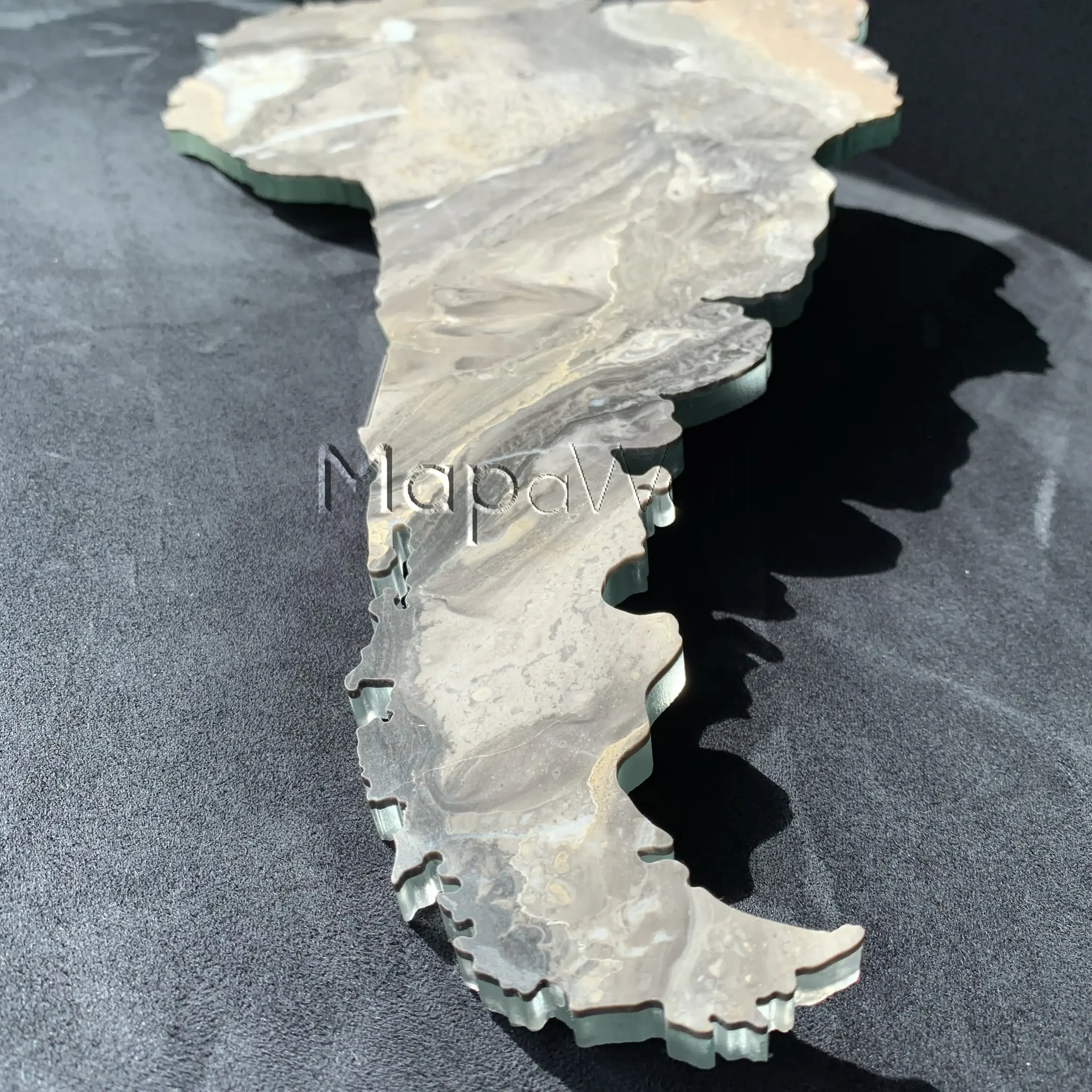Tag: water-jet
-

Second generation stone map
In one of our earlier posts, you witnessed the creation of a world map crafted from a 2 cm (0.79 inch) thick slab of Grigio Orobico marble. This heavyweight champion was probably the most substantial world map ever made at this scale. However, due to its weight and the thickness of the stone, which posed…